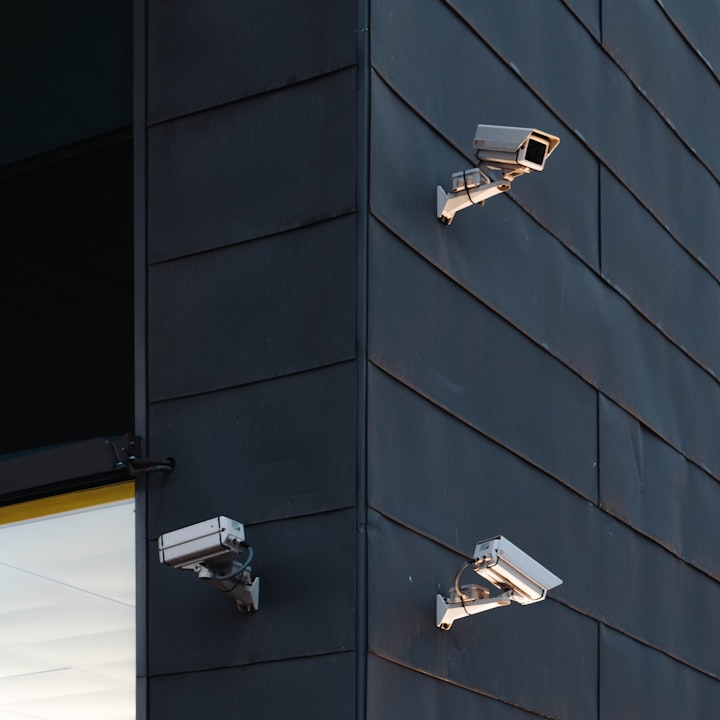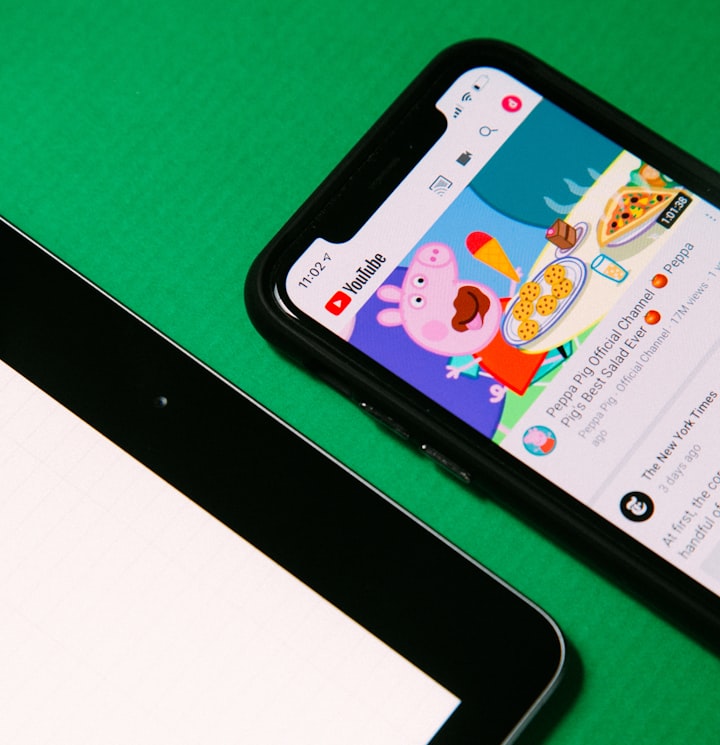Why Does Your Car Radio Reception Weaken Underground?
Discover why your car radio loses reception underground while your Bluetooth signal remains strong.

When you're driving and listening to the radio in your car, the signal is usually received through radio waves from a transmitter located on a tall tower several miles away.
However, as you start parking underground, the solid layers of concrete and other materials make it challenging for the radio waves to penetrate, causing the signal to weaken.
Factors Affecting Car Radio Reception The primary reason for the weakened radio reception underground is the inability of radio waves to efficiently pass through solid objects.
As you descend into an underground parking lot, the layers of concrete and steel overhead obstruct the radio waves, leading to a weakened or disrupted signal.
Bluetooth Technology in Cars Conversely, when connected via Bluetooth to your phone, the music or audio is transmitted separately from your phone to a receiver in the car.
In this case, the signal path is from your phone to the car's receiver, located within the car.
The absence of solid obstructions underground enables the Bluetooth signal to maintain its strength and integrity, allowing you to continue enjoying uninterrupted audio playback.
Understanding Signal Behavior It's crucial to comprehend the behavior of different types of signals transmitted in varying environments.
While radio waves struggle to penetrate underground structures, Bluetooth signals, being of a different nature and frequency, are not significantly affected by the underground environment.
Consequently, understanding these technological nuances enhances our grasp of the factors influencing signal reception in different scenarios.
Technological Advancements and the Future As technology continues to evolve, we may witness further improvements in signal reception and transmission, potentially mitigating the challenges posed by underground environments.
The ongoing advancements in wireless communication and signal propagation technologies hold promise for delivering even more robust and reliable connectivity, ultimately enhancing the user experience in diverse settings.
Conclusion The contrasting behavior of car radio reception and Bluetooth signals underground highlights the distinct characteristics of different communication technologies.
While radio waves struggle to penetrate obstructions, Bluetooth signals remain resilient, showcasing the resilience and adaptability of modern wireless communication technologies in navigating various environmental challenges.
Unraveling the intricacies of signal reception in underground settings not only deepens our understanding of wireless technologies but also offers a glimpse into the potential advancements that lie ahead in the realm of wireless communication and connectivity.






